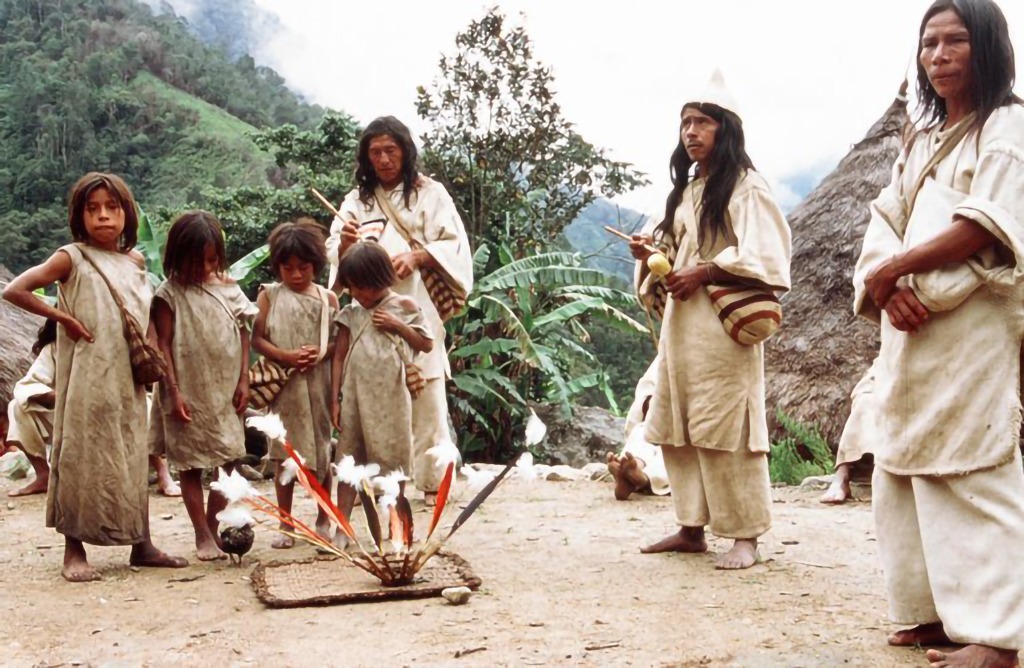
All Have Habits Similar to Those of Some Asian Tribes: Hmongs Of Laos
Across the Pacific: Ancient Asia to Pre-Columbian America
Explore the fascinating connections between pre-Columbian cultures like the Lacandons, Mayas, and Kogis, and ancient Asian tribes such as the Hmong and Dayaks. Discover shared habits and spiritual practices across continents.

Across the Pacific: Ancient Asia to Pre-Columbian America
The rich cultural tapestries of ancient civilizations hold remarkable similarities, even across oceans. Among the most advanced pre-Columbian cultures — such as the Lacandons of Mexico, Mayas of Guatemala, and the Kogis of Colombia — there exist striking parallels to Asian tribes like the Dayaks of Kalimantan, the Karens of the Golden Triangle, and the Hmong of Laos.
These connections provide a compelling lens through which to examine humanity’s shared history, raising intriguing questions about ancient migrations, shared wisdom, and universal values.
Cultural Habits and Spiritual Practices
The Kogis of Colombia, guided by their spiritual leaders, the Mamos, share deep respect for nature and a holistic approach to life — values echoed in the practices of the Hmong and Dayak tribes. Similarly, rituals, agricultural techniques, and architectural styles among the Mayas and Lacandons parallel those found in parts of Southeast Asia.
Migration and Connection Across Oceans
Could these cultural overlaps indicate a broader connection between Asia and the Americas in ancient times? Anthropological studies suggest that migrations across the Pacific might have seeded these shared traditions, creating a fascinating link that transcends geographic boundaries.
Key Takeaway
By diving into these parallels, we uncover a narrative that connects humanity through shared traditions and a deep respect for the spiritual world. Exploring these links not only bridges cultural divides but also enriches our understanding of our interconnected past.
Visit the full PDF report for further exploration: Bookpump.
References and Further Reading
- Across the Pacific From Ancient Asia To Pre-Columbian America | Www.Bookpump.Com | Among the most advanced, surviving pre-Colombian cultures such as the Lacandons of Mexico, Mayas of Guatemala and the Kogis of Colombia, all have habits similar to those of some Asian tribes, such as the Dayaks of Kalimantan, the Karens of the “Golden Triangle”, and even the Hmongs of Laos.





Responses